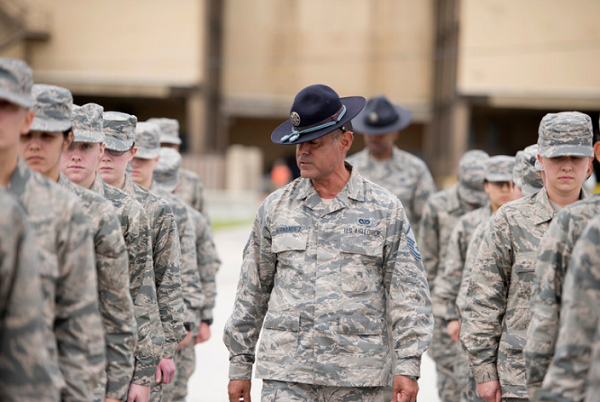Joining any military branch is a decision that requires a great deal of sacrifice.
There are many benefits to joining the military and individuals gain an experience unlike any other.
It can be difficult to decide to join either active duty or reserves.
Each branch has different active duty and reserve components.
In any branch, joining as active duty requires a full time commitment and the possibility of multiple moves/deployments.
Active duty also offers a full benefits package and more MOS options.
Reserve options can be full or part time, offer lower-cost benefits, and provide individuals with the option of choosing from the majority of active duty MOSs.
While active duty and reserves have similar training and MOS options, the largest difference is the ability of a reserves member to stay near their home.
Reserves allows individuals with the ability to serve their country, without making the commitment to leave their home and their family.
Which military reserves branch meets your needs?
Continue reading for military reserves description, organizational structure, jobs, pay, benefits, pros and cons, for each branch.
Jump To A Section
US Army Reserves
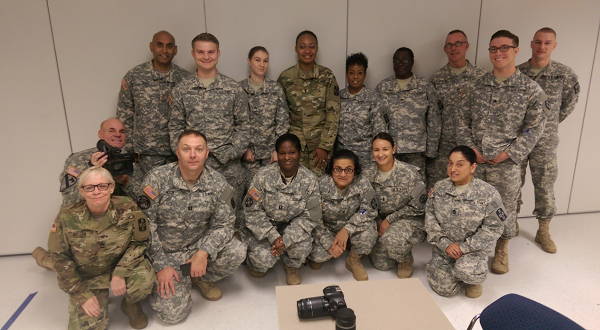
The Army Reserve is a part-time opportunity that allows individuals to serve their country, while staying close to home and learning job skills that relate to civilian career fields.
Individuals serve one weekend a month and two weeks a year in training on contracts that range from 3-6 years, unless they are called to active duty.
They can be called to active duty whenever the Army needs someone with their specialty and may be required to deploy.
Positions in the Army Reserves are similar to those in active duty, but it does not include all of the MOS options.
Example Reserves Positions:
- Homeland Security (Water Treatment Specialist, MOS 92W; Civil Affairs Specialist, MOS 36B)
- Information Technology (Information Technology Specialist, MOS 25B; Multichannel Transmission Systems Operator Maintainer, MOS 25Q)
- Biohazard Protection (Chemical Operations Specialist, MOS 74D; Quartermaster and Chemical Equipment Repairer, MOS 91J)
- Logistics (Motor Transport Operator, MOS 88M; Transportation Management Coordinator, MOS 88N)
- Civil Affairs (Public Affairs Specialist, 44Q; Engineer Officer, 12)
- Military Information Support Operations (Psychological Operations Specialist, MOS 37F; Human Intelligence Collector, MOS 35M)
- Medical Services (Operating Room Specialist, 68D; Veterinary Corps Officer, 64)
The list above is not exhaustive. To search current reserve jobs, click here.
While certain jobs have additional qualifications, the Army Reserves requires individuals to be 17 o 34 years old, a U.S. Citizen or permanent resident alien, in good moral standing and healthy/good physical condition.
Related Article – How To Join The US Military As A Non-Citizen
Army Reserve members receive drill pay ranging from just over $3,000 to over $5,000 a year, depending on rank (Reserve Officers will be paid higher).
Benefits for Army Reserves include job bonuses, tuition assistance and student load debt assistance, low cost health/dental insurance, low cost life insurance and access to veteran retirement benefits.
US Army Reserves Pros and Cons
Pros:
- Ability to stay near home
- Access to benefits while working part time
- Receive training that translates to civilian careers without signing up full time
Cons:
- Not all MOSs have reserves options
- Does not have full time pay
- May still have to deploy
US Navy Reserves
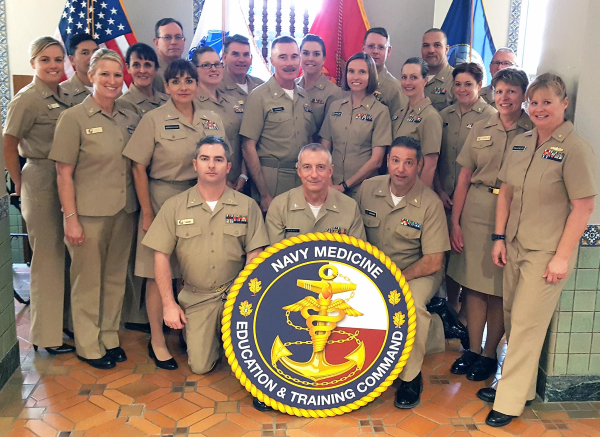
The US Navy Reserve is made up of full time and part-time individuals who can enter into active duty or have previously been in active duty.
Navy Reserves is broken into three organizational categories that define the commitment status and responsibilities.
Ready Reserve is the first category and is broken into Selected Reserve (Drilling Reservists and Full Time Support) and Individual Ready Reserve (Inactive and Active).
The other categories are Standby Reserve, consisting of individuals who complete the Ready Reserve components, and Retired Reserve-Inactive, Reservists who receive retired pay.
US Navy Reserves who are in the Ready Reserve component will be required to meet Navy qualification standards, while personnel in the other categories are not required to keep up with physical training.
Most will serve the standard one weekend a month, plus two weeks a year for training, although full time opportunities are available as a Navy Full-Time Support or New Individual Augmentee.
Related Article – Navy Jobs List: A List Of All 71 Ratings In The US Navy
Navy Reservist roles are similar to Navy enlisted roles, and individuals perform job functions similar to that of their enlisted counterpart.
Some of those roles (or ratings as they’re known in the Navy), include:
- Hospital Corpsman (HM)
- Information Systems Technician (IT)
- Master-At-Arms (MA)
- Seabees
- Gunners Mate (GM)
Reservists receive four days of base pay for every two days of traditional weekend drilling.
Their pay is based on the same pay scale for rank/time of service for active duty personnel and they can receive bonuses and special pay similar to active duty.
Health care, dental, bonuses and tuition assistance are available to reservist depending on their duty status.
US Navy Reserves Pros and Cons
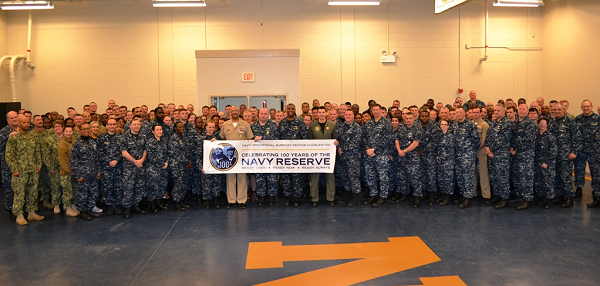
Pros:
- Ability to serve full or part time
- Available bonuses and special pay
- Follow same promotion and pay raise scale as active duty
Cons:
- No guarantee that individuals will get their same rating
- Joining as an Individual Augment has a high chance of being moved to active duty
- May require personal time to keep in shape
US Air Force Reserves
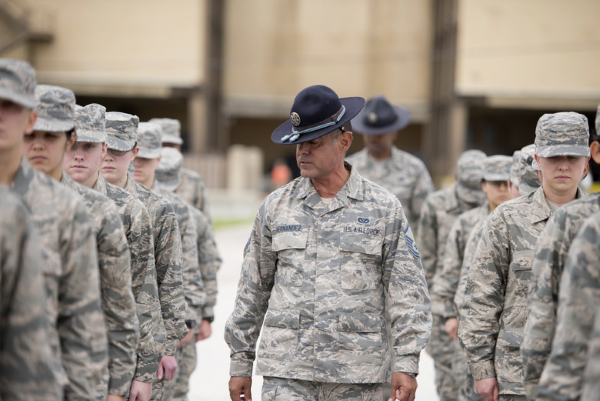
The US Air Force Reserves is open to non-prior service, prior service and officer personnel and currently holds over 69,000 members.
Most positions are part time (Traditional Reservists), and initial service commitments are for six years active duty, with two additional years inactive.
Other options include Individual Mobilization Augmentees (IMAs), Active Guard Reserve and Air Reserve Technicians (ART).
Related Article –Reenlistment Codes for Each Military Branch
Reservists can serve on Air Force Bases, Air Reserve Bases, or air stations shared with other military branches.
Individuals with non-prior service must be 17 to 39, a U.S. Citizen or legal permanent resident, have a high school diploma and be in good health.
The Air Force Reserves offers most of the same jobs offered to enlisted personnel and has the same uniform and rank structure.
A few of those jobs (or AFSC’s) include:
- Loadmaster (1A231)
- Tactical Air Control Party (TACP)
- Special Missions Aviation (1A9X1)
- Cyber Warfare (1B4X1)
- Flight Attendant (1A6X1)
A full list of Air Force Reserve jobs can be found here.
Pay is based on rank, time of service, and whether the work is performed on weekends (inactive duty) or two-week annual tour (active duty).
Reserve members have access to low-cost medical, dental, bonuses and in some positions, tuition assistance.
Related Article – Air Force Ranks and Pay
US Air Force Reserves Pros and Cons
Pros:
- Most Reservists work close to home
- Potential enlistment bonuses up to $20,000
- Direct Transfer options
Cons:
- Attempt to keep your rank but, no guarantee of rank being the same
- May be assigned to a location further away from your home, depending on job availability
- Split training option not usually available (option to break between Basic Training and Technical Training)
Related Article –10 Pros And 10 Cons Of Joining The Air Force
US Marine Corps Reserves

The Marine Corps Reserves offers a similar option to other military branches when it comes to time commitment.
Their Selected Marine Corps Reserve option allows individuals to work one weekend a month and two consecutive weeks a year, with the same training and MOS options as enlisted members.
Related Article – Marine Corps MOS List and ASVAB Scores
Individuals can choose to have 6 years drill status with 2 years in Individual Ready Reserve (IRR), 5 years in drill status; 3 in IRR or 4 years in drill status; 4 in IRR.
The training and requirements to enter into an MOS are almost identical as an enlisted active duty member.
Individuals can also join as Active Reserve (full time), Individual Mobilization Augmentee or Individual Ready Reserve.
Marine Corps Reservists are offered discounted health care, education assistance, potential cash bonuses and a pay check depending on participation and rank.
US Marine Corps Reserves Pros and Cons
Pros:
- Find your MOS when you enlist
- Advanced training options
- Same training as active duty
Cons:
- Must spend 6 years in drill status to get Post 9/11 GI Bill
- Longer term options
- The same annual training as active duty is required, so personal time is sometimes used to complete it
US Coast Guard Reserves
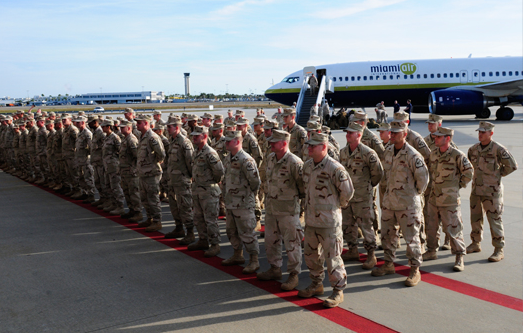
Coast Guard Reserves support maritime homeland security, national defense and domestic disaster operations.
To enter into the reserves you must be a U.S. Citizen or resident alien, be 17-40 years of age, have a high school diploma, have no more than three dependents and pass entry testing.
Related Article – Coast Guard Jobs List: A List of All 24 Ratings
The Coast Guard reserve has five programs to assist with entering into as a reserve.
The programs include: Split Training Program (time between basic and specialized training), Consecutive Training Program (specialized immediately follows basic), Direct Entry Petty Officer Program (prior skills that relate allow for higher rank), Direct Entry Education Program (education allows for higher rank), and Prior-Military Service Program (ability to enlist at higher rank).
Coast Guard reservist can serve in one of 17 different ratings, including one rating that is unique to the reservist role, Investigator.
Jobs include: Boatswain’s Mate, Culinary Specialist, Damage Controlman, Electrician’s Mate, Electronics Technician, Gunner’s Mate, Health Services Technician, Information System Technician, Intelligence Specialist, Investigator, Machinery Technician, Marine Science Technician, Maritime Enforcement Specialist, Operation Specialist, Public Affairs Specialist, Storekeeper and Yeoman.
Job descriptions for the above mentioned titles can be found here.
Reserve non-officer members can start out making roughly $292.00 per a month for each drill weekend.
Coast Guard Reserves are offered low-cost health care, education assistance and loan opportunities, life insurance, retirement and veteran preference points.
Related Article –Coast Guard Grooming Standards
US Coast Guard Reserves Pros and Cons
Pros:
- Allows a split training program (time between basic training and specialized training)
- Ability to fill unused seats of DoD owned aircraft
- All positions are open to men and women equally
Cons:
- Prior service may not be able to keep rank
- Can receive travel orders or be involuntarily mobilized
- Usually have to live within 100 miles of the unit with job opening
Conclusion
Military reserves differ between each military branch.
The most popular service is part-time, but each branch has different options that may provide full or part-time service.
Time commitments also vary between branches and can have an effect on your decision for which branch to join, as well as if you should join as active or reserves.
Each branch offers pay to their reservist, in addition to low-cost benefit options and abilities to use tuition assistance programs.
Working as a reservist still provides the options to retire as a veteran and can provide an extra income for a minimal time commitment.
While working full time in active duty is a great career choice, working part-time in the reserves allows individuals to continue working their civilian job, or continue their education, while providing a service to their country.
Whether you are making the choice to serve as active duty or reserves, follow this guide to compare each branch and it’s active duty counterpart.
References
- Ikon Pass Military Discount: Learn How To Save Big - January 31, 2025
- RTIC Military Discount: Find Out How To Save Big on Gear - January 30, 2025
- Traeger Military Discount: Learn How To Save Big on Smokers - January 28, 2025

